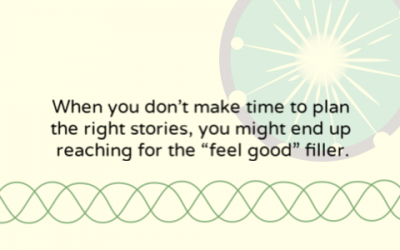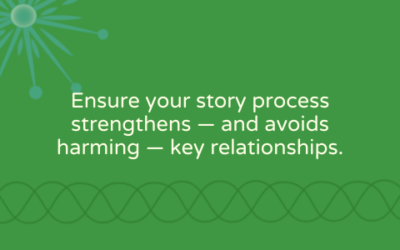A few weeks ago, I wrote about the interview – the first step in writing a donor or volunteer profile. I advised that you ask everything, taking copious notes. [You may prefer to/also record the conversation as a back-up and to ensure that you catch everything.]
Now, thanks to your stellar interview skills, you have pages and pages of interesting background information at your fingertips. What’s next? Here’s my process:
Review for themes/angles
- Take some time to read through your notes along with any other donor/volunteer records/notes available. It can’t hurt to also see what relevant information you might find online.
- Re-read the background information again, with a highlighter in hand. Help yourself out by highlighting the most interesting information, as well as the most relevant.
- Throughout this process, keep an eye open for interesting themes/angles.
Prepare to write a story
- For profiles, I rely on a favourite creative ‘flow’ technique: mind mapping.
- Once my mind map is done, I sometimes highlight important themes here, too. Zero in on themes/angles that paint an interesting picture of the person, and that also relays important information about the nonprofit he or she supports.
- Outline. For a short profile, I actually jump straight from mind mapping to writing, but if you like to start with an outline, this is a good time to chart it out.
Start writing!
- Time to tell the story! It’s important to weave in the relevant/necessary facts, but don’t hesitate to use some of the colour gleaned from your awesome interview questions, including language, expressions and anecdotes.
- Use direct quotes: if your subject offered up some quotable quotes, use them. If not, use their words/language to craft quotes for them.
- Write with a human, versus a corporate voice. Write as if you’re telling readers about a fascinating person you just met.
- Once I have a draft in hand, I go through the highlighted points in my interview notes and mind map to ensure the key tidbits are all included. From here, a final edit and it’s time for fact-checking and review!
Where will this profile be used? Online, in a newsletter or in a volunteer awards program? Throughout your writing, make a point of balancing your organization’s communications objective for this piece with the supporter’s personal message.



